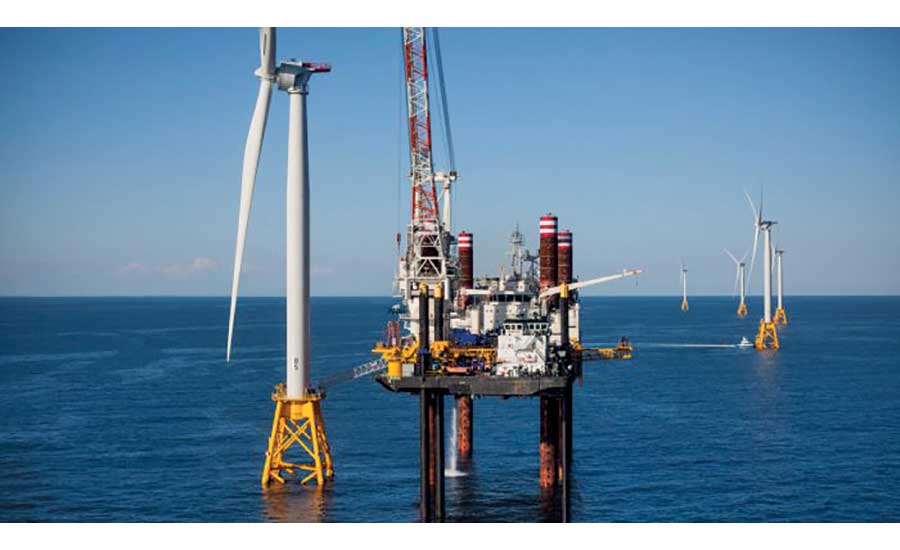Proposed stringent emission-reduction targets through 2030 in the nation’s only interstate cap-and-trade program will continue the already well-established market shift toward renewable and efficient power-generation construction projects, industry analysts say.
The Regional Greenhouse Gas Initiative (RGGI), which spans nine Northeast and mid-Atlantic states, on Aug. 23 said it has agreed to set lower emissions caps by an additional 30% in 2030 over reductions achieved by 2020.
The more ambitious reduction targets likely will continue the trend toward more renewable-energy projects in the Northeast, along with gas-fired generation projects. But “it’s really the market forces,” cheap natural gas and lower costs on renewable technologies “that are driving the market away from coal,” notes Andy Byers, director of environmental services for Black & Veatch’s power business.
Byers says RGGI already has shown that cap-and-trade markets can be an effective way to reduce emissions. “They’ve managed to meet their reductions over time and ratchet down [targets].”
Although RGGI has had to make adjustments to the program over the years, “it’s proven to be an efficient way of [reducing] greenhouse-gas emissions and also generating a fair amount of funds for different states to use for clean-energy programs.”
Julie Moore, secretary of the Vermont Agency of Natural Resources, said in a statement, “RGGI has proved incredibly successful at driving down emissions from the power sector in a way that puts money back in Vermonters’ pockets.”
“This is a big deal,” says Bruce Ho, senior energy advocate for the Natural Resources Defense Council’s energy-and-transportation program, of the RGGI proposal. “In the absence of federal leadership—and we really need federal leadership—the RGGI agreement shows us that state leaders of both parties … are going to step up and continue to address climate change.”
Byers concurs. “RGGI is a perfect example of how the states stepped forward long before the federal government even proposed something like the Clean Power Plan,” he notes.
Current participating states include Connecticut, Delaware, Maine, Maryland, Massachusetts, New Hampshire, New York, Rhode Island and Vermont. The cap for 2017 is 84.3 million short tons, and the cap declines 2.5% each year until 2020.
New Jersey dropped out in 2011, but both gubernatorial candidates for the 2017 elections have said they support rejoining. Virginia Democratic gubernatorial candidate Ralph Northam has said he might support his state joining the initiative if he were to win the election. RGGI began trading in 2009.
RGGI states will seek stakeholder comment on the draft proposal in a public meeting on Sept. 25. Following a review period, RGGI will release a revised model rule, and states will follow state-specific statutory and regulatory processes to propose updates to their CO budget trading programs. The existing proposal is the culmination of a program review process that lasted for more than a year.






